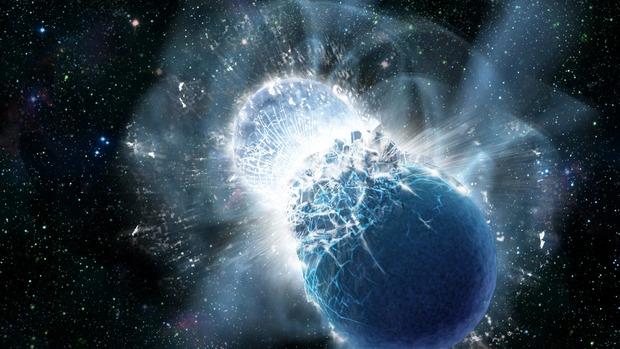
The first observations of a merger between two faraway neutron stars, a violent celestial event that generated tiny ripples in the fabric of spacetime called gravitational waves, was the "breakthrough of the year", according to the journal Science.
Although the two neutron stars spiralled together 130 million light years away, the event was sensed by enormous gravitational wave detectors on Earth.
Neutron stars are the dense, collapsed cores that remain after large stars die in a supernova explosion.
Scientists made the first direct observation of the two neutron stars colliding on August 17.
Gravitational waves from the event first arrived at the twin Laser Interferometer Gravitational-wave Observatory (LIGO) detectors, located in the US and the Virgo detector, located near Pisa, Italy.
Seconds later, the Gamma-ray Burst Monitor on NASA's Fermi Gamma-ray Space Telescope detected a short burst of gamma rays.
This merger also triggered an explosion studied by hundreds of astronomers around the world.
Researchers first picked up on gravitational waves over two years ago, when two massive black holes crashed into each other.
This space tremor was detected by the LIGO, a discovery that won the 2017 Nobel Prize in Physics.
The discovery showed that gravitational waves offer a new way of observing the universe and a major tool for astronomers.
"Gravitational waves are the gift that keeps on giving," Science News Editor Tim Appenzeller said in a statement on Thursday.
"Observers not only detected gravitational waves from a collision of two neutron stars; they also saw the event at all wavelengths of light, from gamma rays all the way to radio. Being able to get the full picture of violent events like this promises to transform astrophysics, and that made this year's observation the clear Breakthrough for 2017," Appenzeller said.









